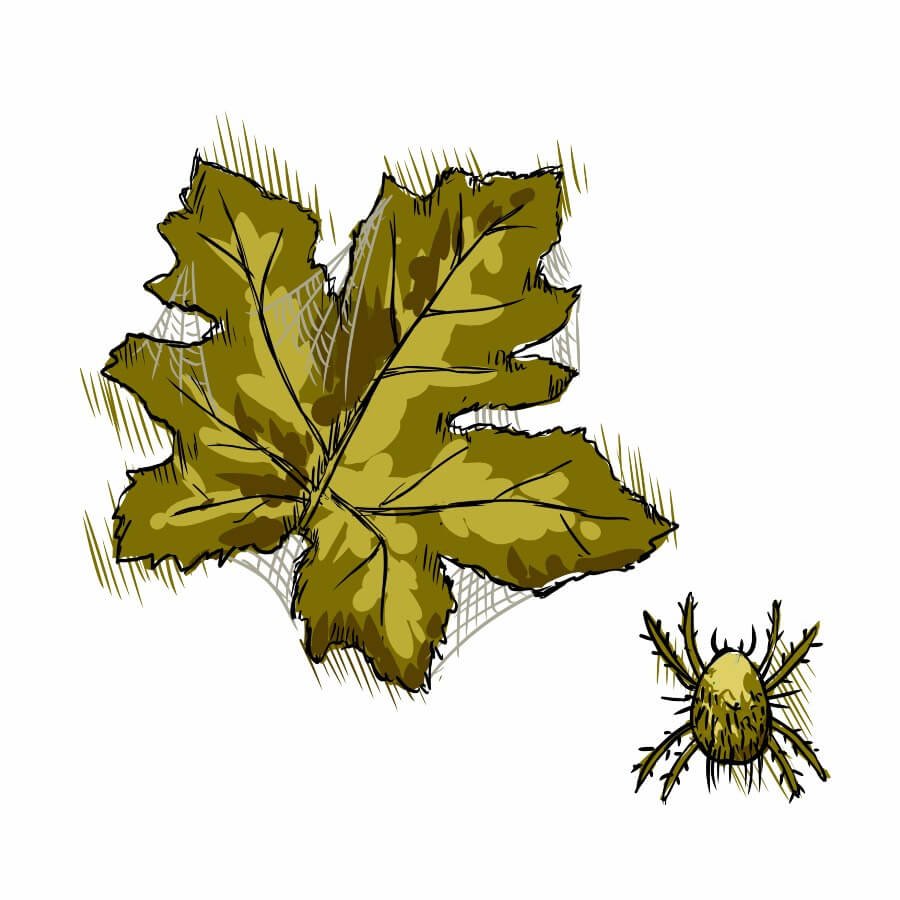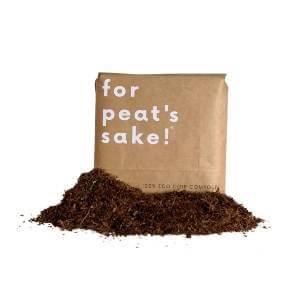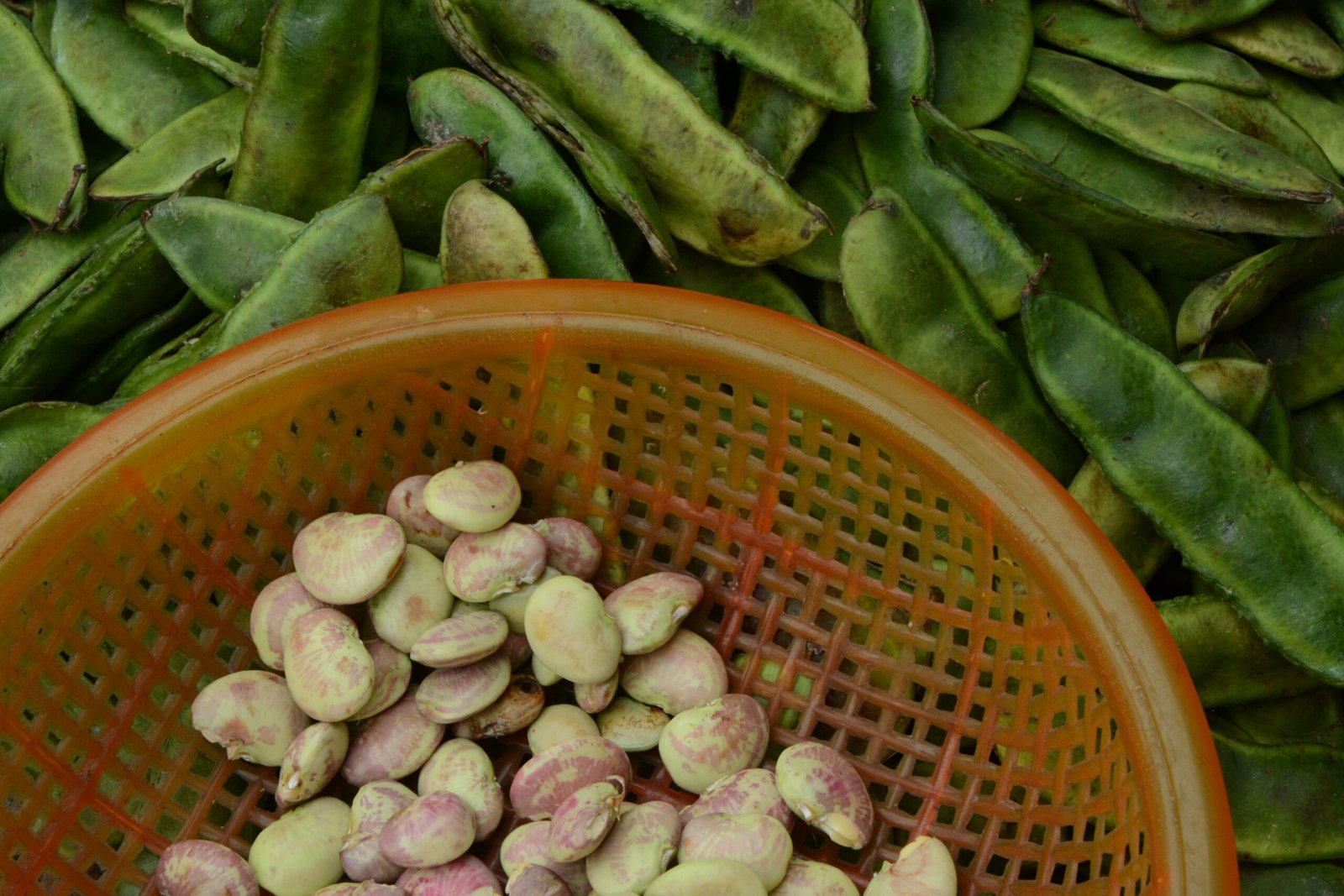Red spider mites are small, eight-legged arachnids that are commonplace in British gardens and can wreak havoc on plants. These pests, closely related to spiders in their appearance and behaviour, can cause significant damage by puncturing plant cell walls and sucking out their contents. If left untreated, red spider mites can lead to stunted growth, wilting, and even death of the infested plants.
Identification:
Red spider mites are minuscule, measuring around 0.5mm in length. They appear as tiny red, yellow, or green dots on the undersides of leaves, where they feed and lay their eggs. Detecting them with the naked eye is challenging, and using a magnifying lens is the most effective method to identify them. Once a plant is infested, the leaves often display a stippled or speckled appearance, turning yellow or brown with time.
Life Cycle and Behaviour:
Red spider mites thrive during warm, dry weather and multiply rapidly under hot and arid conditions. Their life cycle is completed within 1-3 weeks, with a single female laying up to 20 eggs per day. These eggs hatch into larvae, which then develop into nymphs, and finally mature into adult mites. Red spider mites are notorious for spinning delicate webs around infested plants, giving them a dirty or dusty appearance.
Controlling Red Spider Mites:
Gardeners can take several measures to control and prevent red spider mite infestations. Firstly, it is crucial to thoroughly inspect plants before introducing them to your garden. Secondly, maintaining a healthy garden with adequate watering can deter red spider mites, as they prefer dry conditions. Lastly, spraying plants regularly with water, using a hose, and introducing natural predators like ladybugs or predatory mites can help control the population of red spider mites.
If an infestation has already occurred, there are various methods to eliminate red spider mites. Insecticidal soaps are a popular natural and non-toxic option to kill spider mites. Neem oil and pyrethrin-based insecticides are also effective alternatives. However, it is important to carefully read and follow the instructions before using any pesticides and consider them as a last resort.
Conclusion:
Red spider mites pose a common threat to British gardens and can inflict substantial damage on a wide range of plants. Preventive measures are crucial in the battle against these pests, and gardeners must remain vigilant and take steps to maintain plant health. With proper care and control methods, red spider mite infestations can be prevented or eradicated, allowing plants to thrive in British gardens.
Red Spider Mite FAQs
Q: What are red spider mites?
A: Red spider mites are small arachnids closely related to spiders. They are pests that infest plants, causing damage by feeding on their cell contents.
Q: How can I identify red spider mites?
A: Red spider mites are tiny, about 0.5mm in length, and may appear as red, yellow, or green dots on the underside of leaves. They can be difficult to see with the naked eye and are best identified using a magnifying lens. Infested leaves often develop a speckled or stippled appearance.
Q: What plants do red spider mites attack?
A: Red spider mites can attack a wide range of plants, including both indoor and outdoor plants. They are particularly common on tomatoes, cucumbers, roses, and houseplants like spider plants and ficus.
Q: How do red spider mites damage plants?
A: Red spider mites feed on plant cell contents by piercing cell walls and sucking out the contents. This can lead to wilting, stunted growth, yellowing or browning of leaves, and even plant death if the infestation is severe.
Q: How do red spider mite infestations occur?
A: Red spider mites can be introduced to a garden or indoor environment through infested plants, garden tools, or by wind. They thrive in warm, dry conditions, and infestations are more common during hot and dry weather.
Q: How can I prevent red spider mite infestations?
A: To prevent red spider mite infestations, thoroughly inspect new plants before introducing them to your garden or indoor space. Keep your plants healthy by providing adequate watering and proper care. Maintaining a humid environment can also help deter these pests as they prefer dry conditions.
Q: How can I control red spider mite infestations?
A: There are several ways to control red spider mite infestations. Regularly spraying plants with water or using a hose can help dislodge and reduce mite populations. Introducing natural predators like ladybugs or predatory mites can also help control the mite population. In severe cases, insecticidal soaps, neem oil, or pyrethrin-based insecticides can be used, following the instructions carefully.
Q: Are red spider mites harmful to humans?
A: Red spider mites are not harmful to humans. However, they can cause skin irritation or allergic reactions in some individuals. It is advisable to avoid direct contact with red spider mites or their webs.
Q: Can red spider mites transmit diseases to plants?
A: Red spider mites do not transmit diseases to plants. However, their feeding can weaken plants, making them more susceptible to other diseases or stress.
Q: Can red spider mites survive the winter?
A: Red spider mites are generally more active during the warmer months. In winter, they often seek shelter in plant debris or cracks, where they can survive until the next growing season.




































